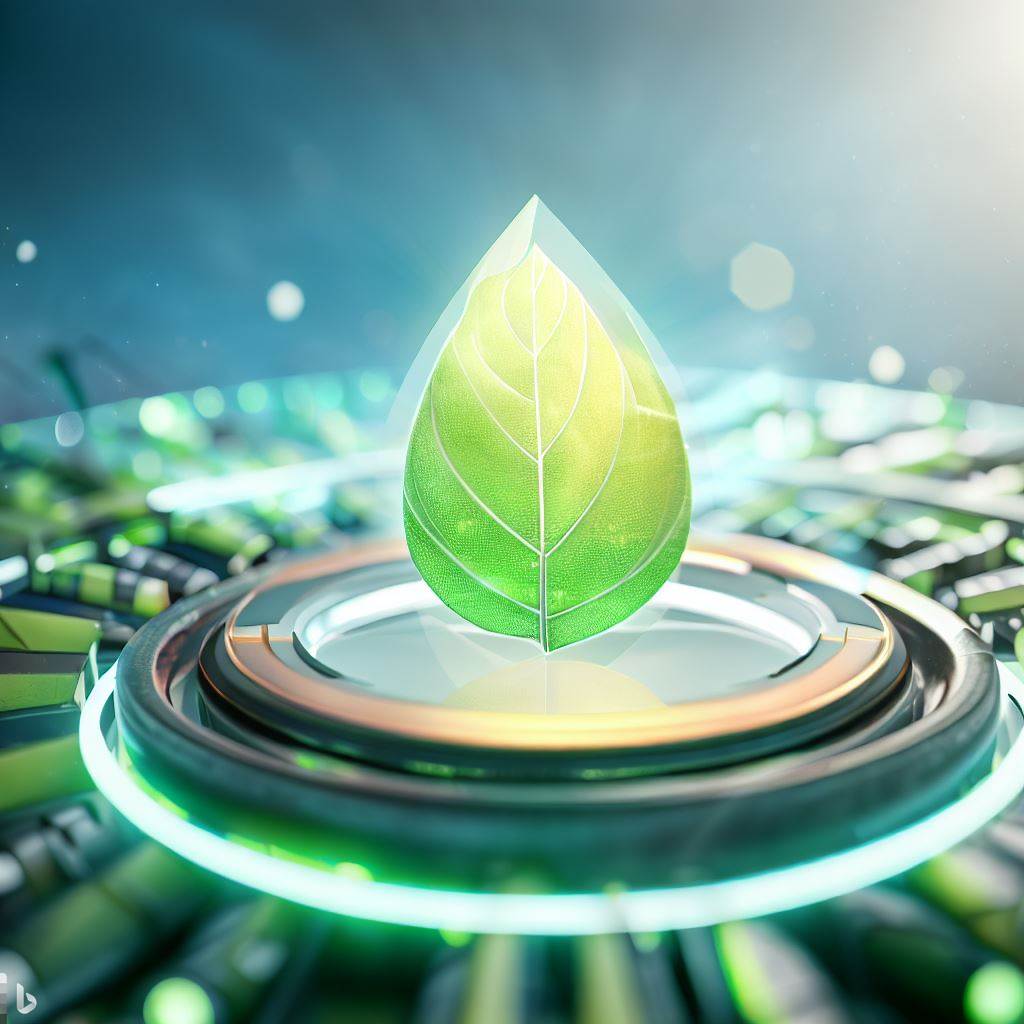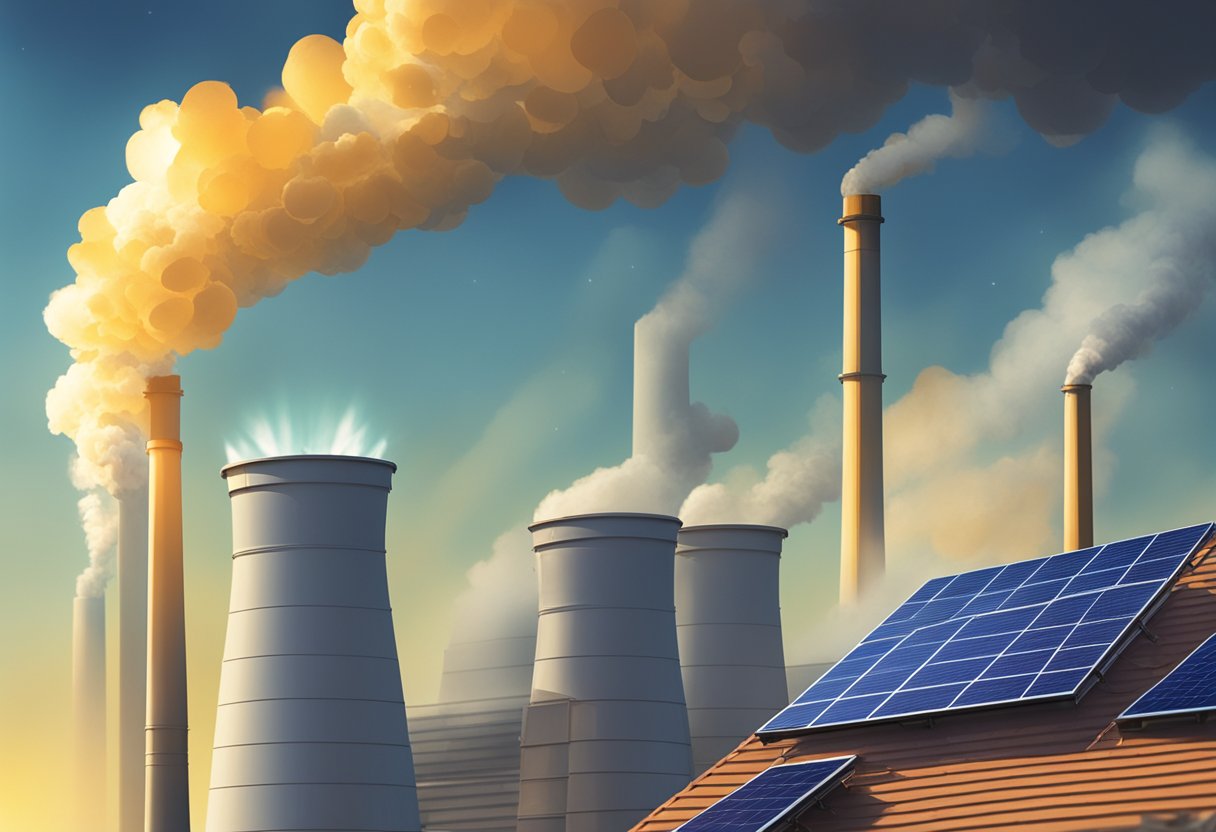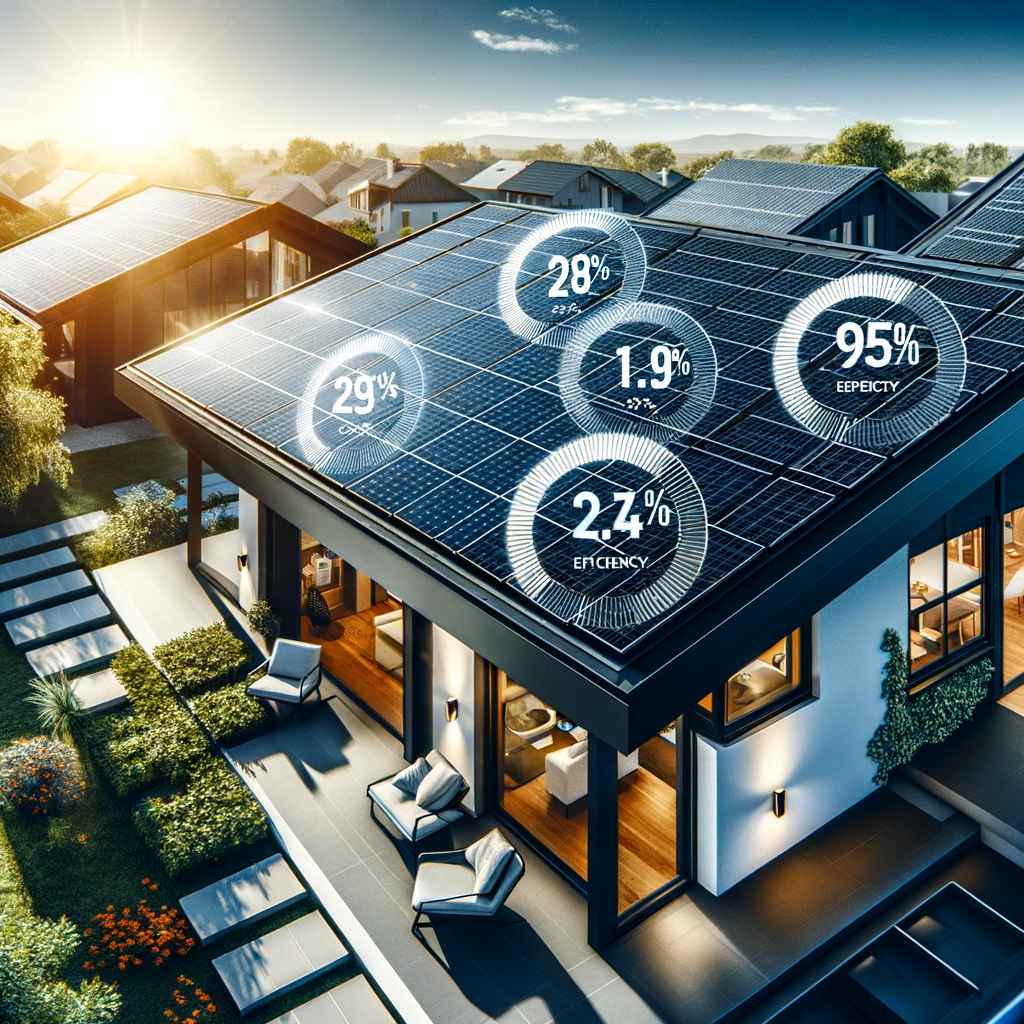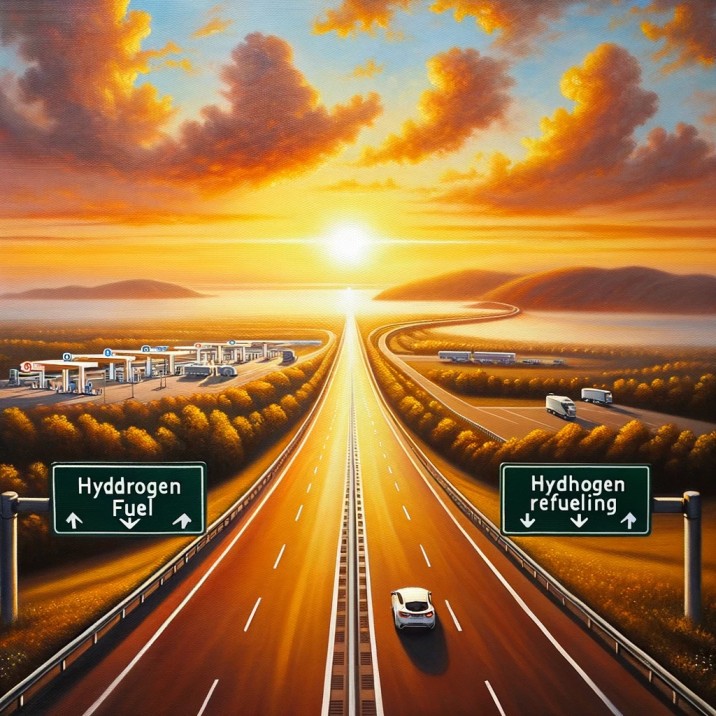Climate change is a pressing issue that has captured global attention over the past few years. The long-term impact of climate change is severe and can have catastrophic consequences for the planet. In this regard, there is a growing need for the world to shift towards green energy to reduce the overall carbon footprint and counteract climate change. Green energy is a term used to describe energy that is produced through alternative methods such as solar, wind, hydro, and geothermal power, among others. The potential of green energy is vast, and it can drastically reduce the dependence on fossil fuels that contribute heavily to carbon emissions. As the world population grows and demand for energy increases, green energy has the potential to provide an inexhaustible source of energy with minimal environmental impact. The need for green energy stems from the irreversible damage caused by continued reliance on fossil fuels. These fuels produce carbon emissions that trap heat in the earth’s atmosphere and contribute significantly to rising temperatures, extreme weather events, and melting glaciers. Green energy can provide a sustainable alternative that reduces the carbon footprint and mitigates climate change’s immediate and long-term effects. The potential of green energy is enormous, and many countries have already started investing in the development of green energy infrastructure. The global market for renewable energy is expected to grow significantly in the coming years, with solar and wind power leading the way. While green energy still has some way to go before it entirely replaces traditional energy sources, the possibilities are endless, and the impact on climate change mitigation is significant.

Types of Green Energy
Green energy is a type of energy that is generated from renewable sources such as solar, wind, hydro, and geothermal energy. These sources of energy are called green energy as they are less harmful to the environment and cause minimal harm to natural resources. Let’s take a closer look at these sources of energy. Solar energy is the most abundant source of energy in the world. Solar panels generate electricity by converting sunlight into energy. They are commonly installed on roofs and provide a sustainable source of energy. Although the initial installation cost can be high, solar energy pays off in the long run and saves a lot of money in your electricity bills. Wind energy is another excellent source of green energy. Wind turbines generate electricity when the blades of the turbine rotate due to the blowing wind. With the improvement of technology, wind turbines can now generate electricity with wind speeds as low as 7 mph. However, wind turbines can be noisy and sometimes obstruct the view, which some people find unsightly. Hydro energy is harnessed by using the force of moving water to generate electricity. Hydroelectric power plants are built in places with a fast-flowing river or waterfall. They are a constant source of energy and produce minimal greenhouse gases. However, its installation can cause environmental harm and disrupt the natural flow of the river. Geothermal energy is derived from the earth’s natural heat. It is produced from the earth’s core and is a constant source of energy. Geothermal systems tap into underground reservoirs of steam or water and can be used for heating, cooling, and electricity generation. In conclusion, green energy is essential for the environment, and renewable energy sources are the way of the future. You can choose to install home renewable energy solutions to save on your electricity bills in the long run.
Advantages and Disadvantages of Each Type of Green Energy
Green energy is the future. With the alarming rise of climate change, it is becoming increasingly essential to adopt sustainable energy to combat global warming. There are various types of green energy available, among which solar energy, wind energy, hydro energy, and geothermal energy are gaining popularity. Each of them has its advantages and disadvantages. Solar energy is a clean, efficient, and cost-effective energy source. It does not release any greenhouse gases and, therefore, does not contribute to global warming. It is also low-maintenance and can last for up to 30 years. However, solar energy depends on the availability of sunlight, which means that it might not be a viable option in regions with limited sunlight. Additionally, the initial installation cost can be significant. Wind energy is another popular source of green energy. It involves transforming the kinetic energy generated by wind turbines into electricity, which makes it clean and renewable. Wind turbines can also be installed on land or offshore, making it versatile and accessible. However, like solar energy, the initial installation cost can be prohibitive. Another disadvantage is that wind turbines can be noisy and disrupt local wildlife, which can be a concern for some communities. Hydro energy is derived from the movement of water and is another viable source of renewable energy. It is inexpensive, efficient, and has a low environmental impact. Hydro energy can also be stored and used during peak demand periods, providing a reliable source of energy. The disadvantage of hydro energy is that it can be location-dependent, as it requires fast-flowing water to be efficient. Geothermal energy involves tapping into the Earth’s internal heat to generate electricity. It is a reliable and consistent energy source that can operate 24/7. Geothermal energy sources can be found in various parts of the world and, like hydro energy, have a low environmental impact. One of the disadvantages of geothermal energy is that it requires specialized equipment, which can be expensive to install and maintain. In conclusion, each type of green energy has its advantages and disadvantages. However, when compared to traditional energy sources, green energy is a much more sustainable and eco-friendly option to fight climate change. Nevertheless, as we move towards a future powered by green energy, we must consider the different factors of each source and tailor it to a region’s specific needs. With the right approach and adequate investment, we can make a significant impact on mitigating climate change.
Impact of Green Energy on Climate Change Mitigation
Climate change is an undeniable reality that has globally escalated over the past few decades. It has resulted in several adverse effects, including melting glaciers, rising sea levels, and natural disasters. To counter this, there has been an increased focus on using green energy sources. Green energy refers to renewable energy sources with minimal to no impact on the environment. Such sources include solar, wind, hydro, and geothermal energy. The impact of green energy on climate change mitigation is significant. The shift towards renewable energy has led to a reduction in greenhouse gas emissions substantially. Green energy does not emit carbon dioxide, which contributes to global warming. Additionally, green energy sources require less water than traditional energy sources such as coal and gas, reducing water consumption. Another benefit of green energy is it lowers air pollution levels. Fossil fuels emit harmful particles into the atmosphere, causing respiratory problems in individuals residing in areas with high pollution levels. Green energy sources do not emit such particles, leading to better respiratory health for the populace. Furthermore, green energy reduces dependence on fossil fuels. The shift towards renewable energy reduces the need to extract fossil fuels, which could lead to further environmental degradation if not managed properly. Also, the availability of renewable energy sources could lead to energy independence, reducing global geopolitical issues. Despite the advantages, there are still some challenges that need to be addressed to adopt green energy fully. The initial costs of implementing green energy infrastructure are high, making the switch unaffordable for many countries. Governments and private investors need to increase investment in green energy infrastructure to bring down the cost of the energy source. Policy changes could further support green energy adoption, removing subsidies for traditional energy sources and providing incentives for the use of renewable energy. Overcoming these obstacles is crucial to ensuring that green energy makes a significant contribution to mitigating climate change. In conclusion, green energy has the potential to mitigate climate change significantly. By reducing greenhouse gas emissions, lowering air pollution levels, and reducing dependence on fossil fuels, green energy sources are a sustainable alternative to traditional energy sources. Nonetheless, overcoming barriers to adoption is required for a clean and sustainable energy future.
Future of Green Energy
Future of Green Energy: Green energy is emerging as a leading resource that offers a safe and sustainable solution to climate change. The push towards renewable energy sources is gaining momentum, making it one of the most important steps in mitigating climate change. This exponential trend is set to continue. The expected growth of green energy usage is predicted to triple over the next ten years. However, there are still potential roadblocks to overcome. These include the high initial cost of setting up renewable energy infrastructure and the inability to generate consistent power levels. There is a need to create more efficient storage systems, which can help smooth out the supply and demand gaps when renewable energy sources fluctuate. Government policies and regulations can also limit the spread of green energy. These policies make it hard for new green energy companies to compete with traditional energy providers. If we can work towards creating policies that facilitate the growth of renewable energy sources, we can push for the adoption of green energy on a larger scale. The future of green energy looks promising, and it has significant potential to help us create a sustainable future. If we can continue to improve technology and overcome potential roadblocks, we can look forward to a future that is powered by clean energy.
Conclusion
In conclusion, green energy has the potential to significantly reduce greenhouse gas emissions, lower air pollution levels, and decrease our dependence on fossil fuels. It is a crucial step towards mitigating the impact of climate change. The future looks bright as we are expected to see a significant increase in the usage of green energy. However, policy changes are necessary for continued growth. Green energy offers a sustainable future, and it’s up to us to embrace it wholeheartedly.















